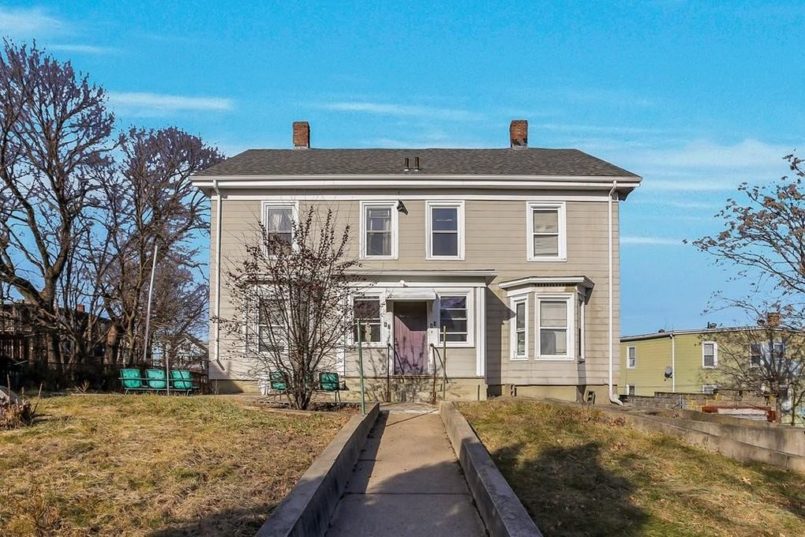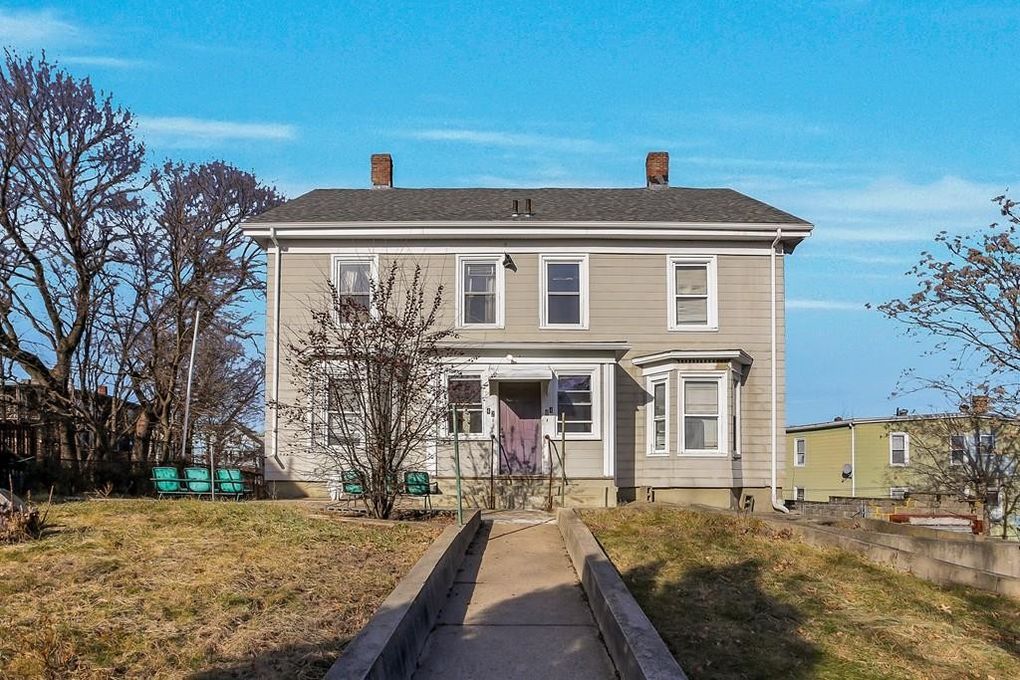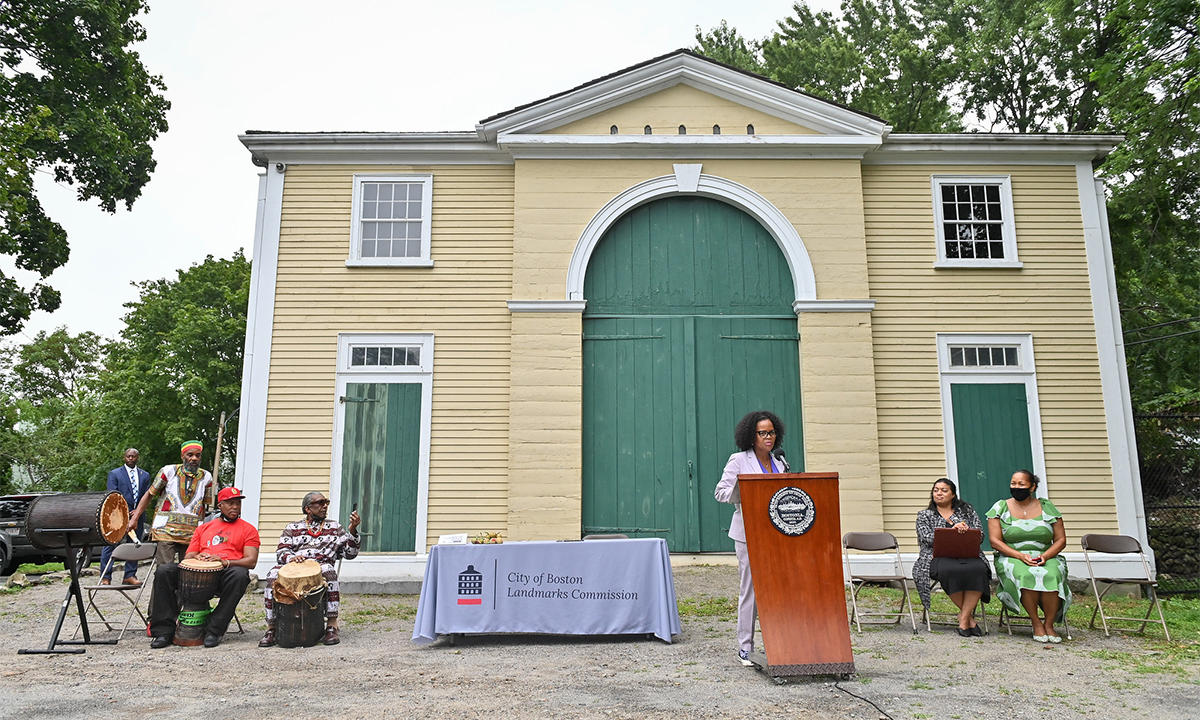
23 Aug 2021 New Landmark Shirley-Eustis Place may reveal more about Boston’s history of slavery
Mayor Kim Janey designated Roxbury’s Shirley-Eustis Place a Boston Landmark on August 20th, permanently protecting the 18th century site, now a museum.
The designation honors the rich history and architecture embodied in the rural home of two Massachusetts governors, and it sheds considerable light on the property’s associations with enslaved people of African descent who were known to have lived here and maintained the property for two generations of colonial governor William Shirley’s family.
Burgeoning research also suggests that one of the three buildings encompassed by the Landmark designation, 42-44 Shirley Street, may have been a barn or related outbuilding to the main house, and may have housed enslaved people.
For decades, residents in the Dudley Street neighborhood have heard stories of the non-descript 19th century multi-family residential structure at 42-44 Shirley Street as having historically housed enslaved people who worked the Shirley estate. Historic maps of the site show the consistent presence of an outbuilding throughout the 18th and 19th century, even as Roxbury grew and the estate was subdivided into a dense working class neighborhood in the 19th century.
Recent investigations revealed 18th century structural timbers, materials and construction within the 19th century building at 42-44 Shirley Street, some of which match the 18th century construction of the Shirley Eustis House. According to the Shirley-Eustis Place Study Report, the building “has a hewn principal rafter and common purlins, a system which was common to English barns and used in eastern New England into the nineteenth century. The lack of visible nails in the roof sheathing indicates presence of a double roof, similar to that of the Shirley Eustis House. The east basement, with its lime-washed frame, suggests that the space was used as a dairy or for other food storage.”
If this is true, it could be one of very few places in New England associate with enslaved people. Massachusetts’s Supreme Judicial Court formally abolished slavery in 1783. While the story of slavery in colonial Boston can be told through the Shirley-Eustis estate, where there were known to be generations of enslaved people of African ancestry, 42-44 Shirley Street could prove to be one of the few remaining properties that housed enslaved people.
Built between in 1747 as a summer estate for Massachusetts Colony Governor William Shirley (1694–1771), the Shirley-Eustis House is mostly known as home to two Massachusetts governors, having also been occupied by Governor William Eustis (1753–1825). As the neighborhood changed in the 19th and 20th centuries, it was converted into tenement housing and fell into serious disrepair by the middle of the 20th century. The Shirley-Eustis House Association was formed to save the house and restored it in the 1980s.
It is the current research of Phd Candidate Aabid Allibhai at Harvard University that is casting new light on slavery at Shirley-Eustis Place and particularly within the Shirley family. Allibhai’s “Working Report on Slavery at the Shirley-Eustis House” appears as an addendum to the Landmarks Commission’s study report, and explores the Shirley family’s purchases of enslaved people and their known work on and off the 33-acre estate in Roxbury.
Allibhai also explores the history of 42-44 Shirley Street, revealing the 18th century construction and materials.

At the celebration in Roxbury to mark the site’s Boston Landmark designation, Mayor Janey said “As we face modern-day racial inequities, it is essential to acknowledge our past by encouraging opportunities for collective processing of grief and investing in healing.”
Evolving research and new revelations are opportunities to tell a more comprehensive history of the many people whose lives were inextricably linked to Shirley-Eustis Place.
Read the Boston Landmarks Commission’s Study Report on Shirley-Eustis Place here.
To learn more about the Shirley Eustis House and information on visiting the museum, visit the Shirley-Eustis House Association’s website here.





